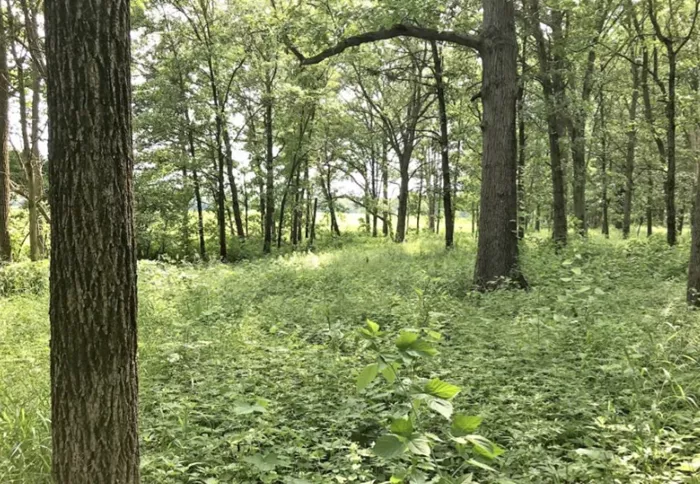Invasive plants will be removed from sand dunes in Northumberland to help protect the coastline. The work, led by Natural England, will use large machinery at Bamburgh as part of the Life Wader project. Invasive species are damaging the dunes by disrupting their natural movement and overcrowding native plants and wildlife.
Liz Humphreys, manager of the Life Wader project, explained that removing these “bully” species will allow native grasses and plants to quickly recolonize the bare sand. Although the use of heavy machinery in delicate areas may seem excessive, she stressed it was crucial for preserving the dunes.
“Invasive species create a monoculture and halt the natural cycle, pushing out rare and unique wildlife,” Humphreys said. “Species like toads, lizards, butterflies, orchids, and cranesbill depend on the shifting sands and the open spaces of the dune slacks for survival.”
This will be the first large-scale removal of invasive plants at Bamburgh and Warkworth. Species such as ivy, sea buckthorn, and blackthorn will be targeted. Humphreys noted that many of these plants are the result of illegally dumped garden waste, although some may also escape from local gardens.
During the removal process, access to the dunes will be restricted, and footpath diversions will be in place. The project will begin next week and marks the start of a five-year, £5.8 million nature recovery initiative, which will also focus on dunes at Embleton Links, Buston, Alnmouth, and Warkworth.
Related topics:
- Chinese Botanists Safeguard Africa’s Plant Life
- Are Plants Intelligent? It All Depends on How You Define Intelligence
- Oak Spring Garden Foundation Brings Bunny Mellon’s Love for Plants to Life


